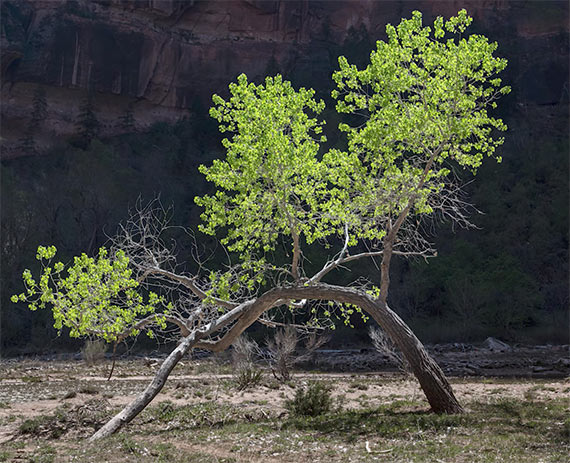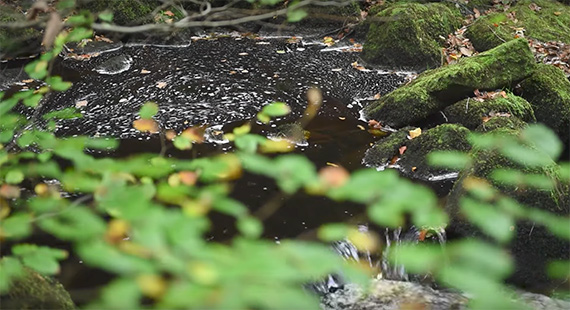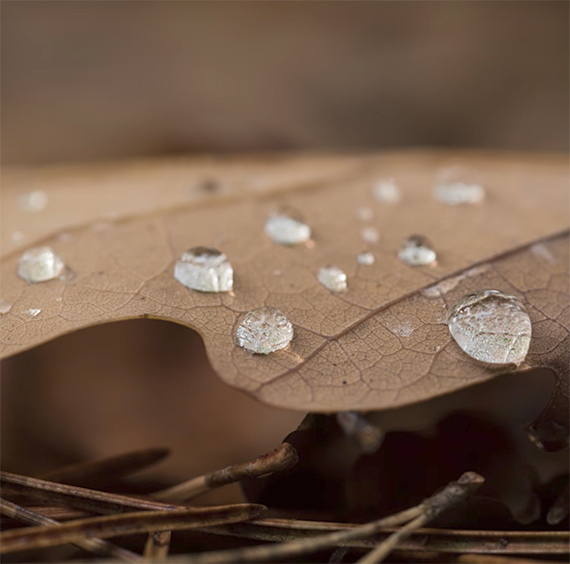It’s easy enough to make a pretty autumn image. With cascades of color overtaking the foliage, the time of year simply lends itself to beauty. Unfortunately, a pretty picture often isn’t enough to stand out. The secret to getting a photograph that truly wows audiences is by trying out different strategies. Photographer Nigel Danson shares a few unconventional pointers for making an autumn image that defies the norm:
1. Get a hold of a polarizer
By reducing reflections on leaves, water, and more, a polarizer makes for a photograph that really concentrates on contrast and color. You don’t have to break the bank for this small piece of equipment—even something cheap will make an impact.
2. Experiment with a different lens
If you’re out and about with your camera often, chances are that you have a go-to lens. Try leaving it at home and giving a more neglected piece of glass a little bit of love. Doing so will quite literally change your perspective and perhaps encourage you to make photographs in an entirely different way. While you’re shooting, open up your aperture and crank up your ISO so that you can handhold and experiment with angles and vantage points. Should you come across a photograph that you’d really like to perfect, you can always adjust your settings accordingly to get the cleanest shot possible.
3. Utilize back lighting
Back lighting is particularly useful for separating subjects from backgrounds. When used in conjunction with an open aperture, you hold quite a bit of power in where the viewer’s eyes land. Furthermore, the shadows cast from a main back light and autumn’s vibrant colors can make for a truly unique abstract image.
4. Bring in some water
If you’re wandering through a wooded area for nature shots, you’re almost certainly bound to run into some sort of stream. Don’t settle for a simple shot of water flowing over rocks; this can potentially make for a rather boring image. Instead, study the directions in which the water flows. Look for “swirling” patterns and interesting twists and turns in the current that could bring something different to the composition.
5. Shoot through trees and leaves
Shooting through elements in nature instantly makes a composition more interesting. For one, it adds a sense of depth by layering compositional elements. It also creates a frame, naturally drawing attention and constructing a point of interest.
6. Think about color contrast
Neutrals shades can do an excellent job of bringing out more colors to their fullest. Try to pick out neutral, less distracting elements in your environment to use as backgrounds or foils to the louder reds, greens, oranges, and yellows of fall.
7. Go macro
It’s almost never a bad idea to see what getting a little bit closer to a subject can do for a photograph. Macro often helps image makers bring out elements that would simply disappear in a more expansive scene. Using a long focal length narrows your depth of field and assists in focusing on minute details. With a macro lens in tow, even debris resting on the forest floor can become interesting.
8. Try Intentional Camera Movement
More often than not, you probably take precautions to make sure that your photographs are crystal clear and your camera is securely in place. However, purposely moving a camera during an exposure can sometimes significantly enhance a shot. This especially holds true when you’ve got a lot of colors going on that could potentially interact with one another. Just keep in mind that it’s still important to keep some element of the photo in focus. Try experimenting with a shutter speed between 1/30 and 1/5 of a second for best results.
Like This Article?
Don't Miss The Next One!
Join over 100,000 photographers of all experience levels who receive our free photography tips and articles to stay current:









Leave a Reply